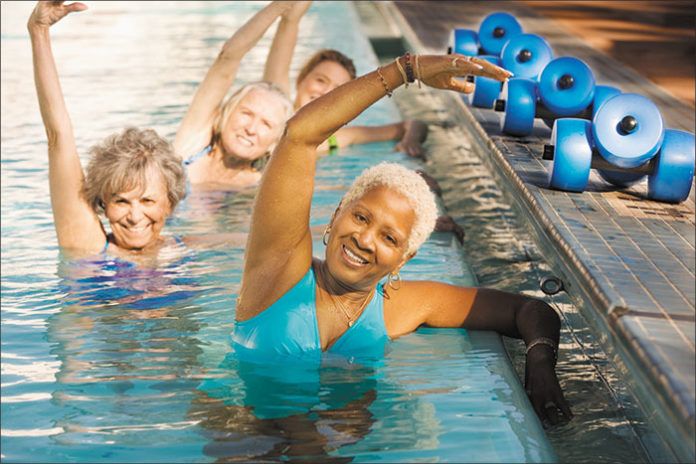In women over age 30, a new Australian study reports, physical inactivity is the single biggest contributor to heart-disease risk. Researchers followed 32,154 women in three age groups, calculating how smoking, high blood pressure, physical inactivity and excess weight contributed to their heart risk.

In younger women, smoking status was the most important factor in heart disease risk. But for women in their 70s, for example, being physically active would lower the risk almost three times as much as quitting smoking, and significantly more than losing weight or reducing blood pressure.
The results are no surprise to Tufts expert Miriam E. Nelson, PhD, co-author of Strong Women, Strong Hearts and author of the Strong Women series.
There are two types of physical activity that I encourage women to incorporate into your lifestyle: aerobic activity and strength training, she says. On top of these two kinds of planned exercise, you should engage in what I call decreasing sedentary living-using your body to move through the day in a way you might not have been doing until now, especially if you work at a desk job or dont go out much.
RATING RISKS:The new study looked at data from the Australian Longitudinal Study on Womens Health. Researchers used a formula called population attributable risk (PAR) to calculate the percentage reduction in risk that would be achieved in a given population if a particular risk factor were eliminated-such as quitting smoking or achieving a healthy body weight (as measured by BMI).

Before age 30, smoking was the most important contributor to risk-more than twice as important as for women ages 47 to 63 and five times as important as for women 73 and older. After age 30, however, other risk factors rose in relative importance, led by physical inactivity. Among all age groups, high BMI and hypertension were relatively low contributors to risk compared to smoking and inactivity.
Lead researcher Wendy J. Brown, PhD, of the University of Queensland, commented, The results show that continuing efforts to reduce smoking rates in young adult women are warranted, especially during their 20s. However, from about age 30, the PAR for inactivity outweighs that of the other leading risk factors, including BMI, which is currently receiving much more attention than the Cinderella risk factor-physical inactivity.
The findings, published in the British Journal of Sports Medicine, also suggest that simply increasing physical activity can be beneficial against heart disease risk even if a woman does not also lose weight. Its a heads-up for women in their 30s, 40s, 50s to get moving, Brown added, and if they are moving, to move more.
A NEW YOU: Getting moving doesnt have to be time-consuming or exhausting, Tufts Nelson emphasizes. Even with the different activities combined, Im only talking about three to six hours a week, she says. You should increase physical activity gradually-try to tackle too much too fast, and youll end up exhausted, achy and uncomfortable. Add to your exercise routine in a slow, deliberate manner, and within just a few weeks you will truly start to feel like a new person. Your heart health will benefit almost immediately, too. Within weeks of beginning an exercise program, blood pressure starts to drop and the heart begins to beat more efficiently.
While you might feel tired the first couple of weeks after you start an exercise program, Nelson adds, a physical activity regime so enhances your energy level and feelings of well being that you soon wont know how you were able to go for so many years without regular exercise!
EXERCISE & OLDER ADULTS
Special advice from the Physical Activity Guidelines for Americans:
– When older adults cannot do 150 minutes of moderate-intensity aerobic activity a week because of chronic conditions, they should be as physically active as their abilities and conditions allow.
– Older adults should do exercises that maintain or improve balance if they are at risk of falling.
– Older adults should determine their level of effort for physical activity relative to their level of fitness.
– Older adults with chronic conditions should understand whether and how their conditions affect their ability to do regular physical activity safely.
























